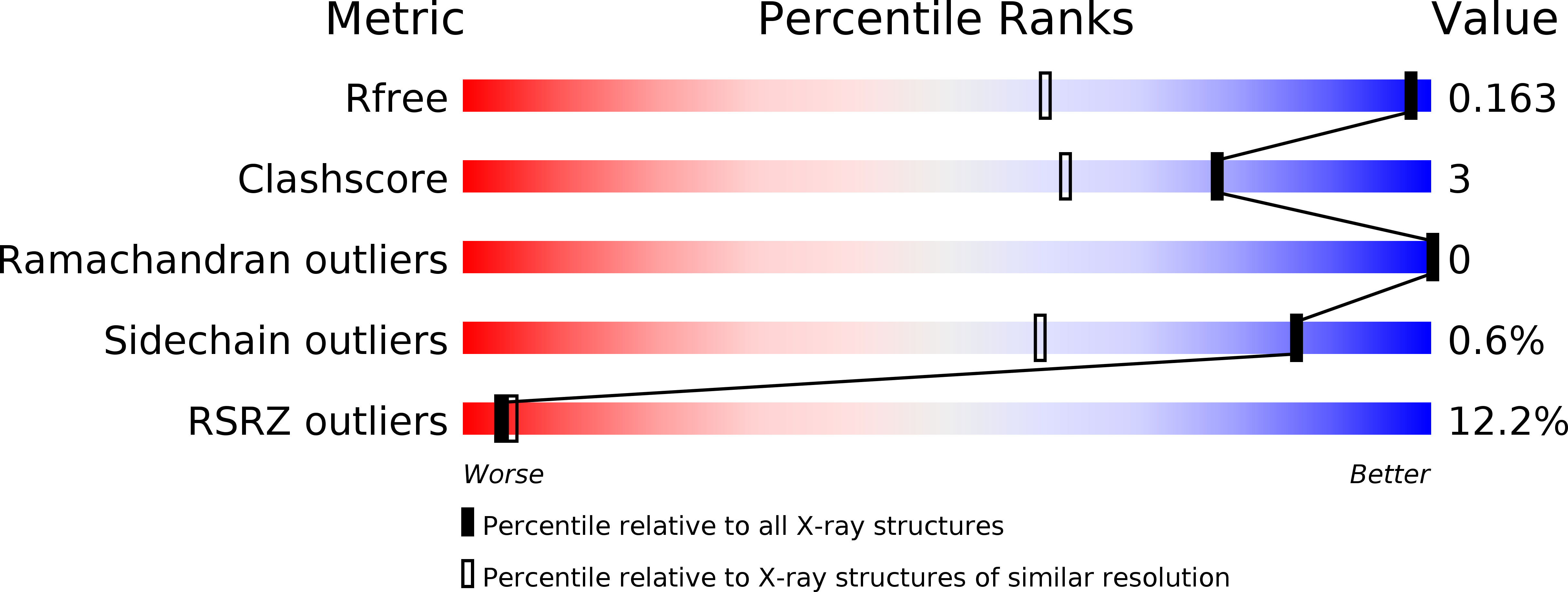
Deposition Date
2014-08-05
Release Date
2015-02-11
Last Version Date
2023-12-20
Entry Detail
PDB ID:
4U98
Keywords:
Title:
Structure of mycobacterial maltokinase, the missing link in the essential GlgE-pathway (AppCp complex)
Biological Source:
Source Organism:
Mycobacterium vanbaalenii (Taxon ID: 350058)
Host Organism:
Method Details:
Experimental Method:
Resolution:
1.15 Å
R-Value Free:
0.16
R-Value Work:
0.14
R-Value Observed:
0.14
Space Group:
P 2 2 21


